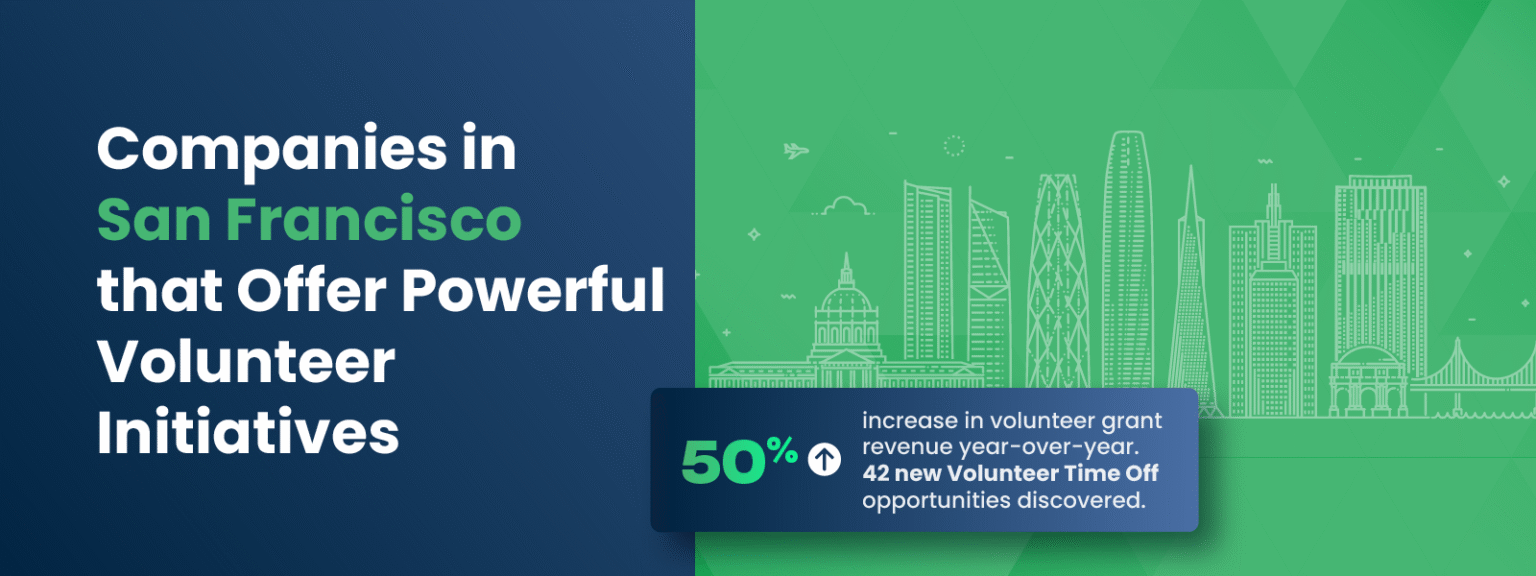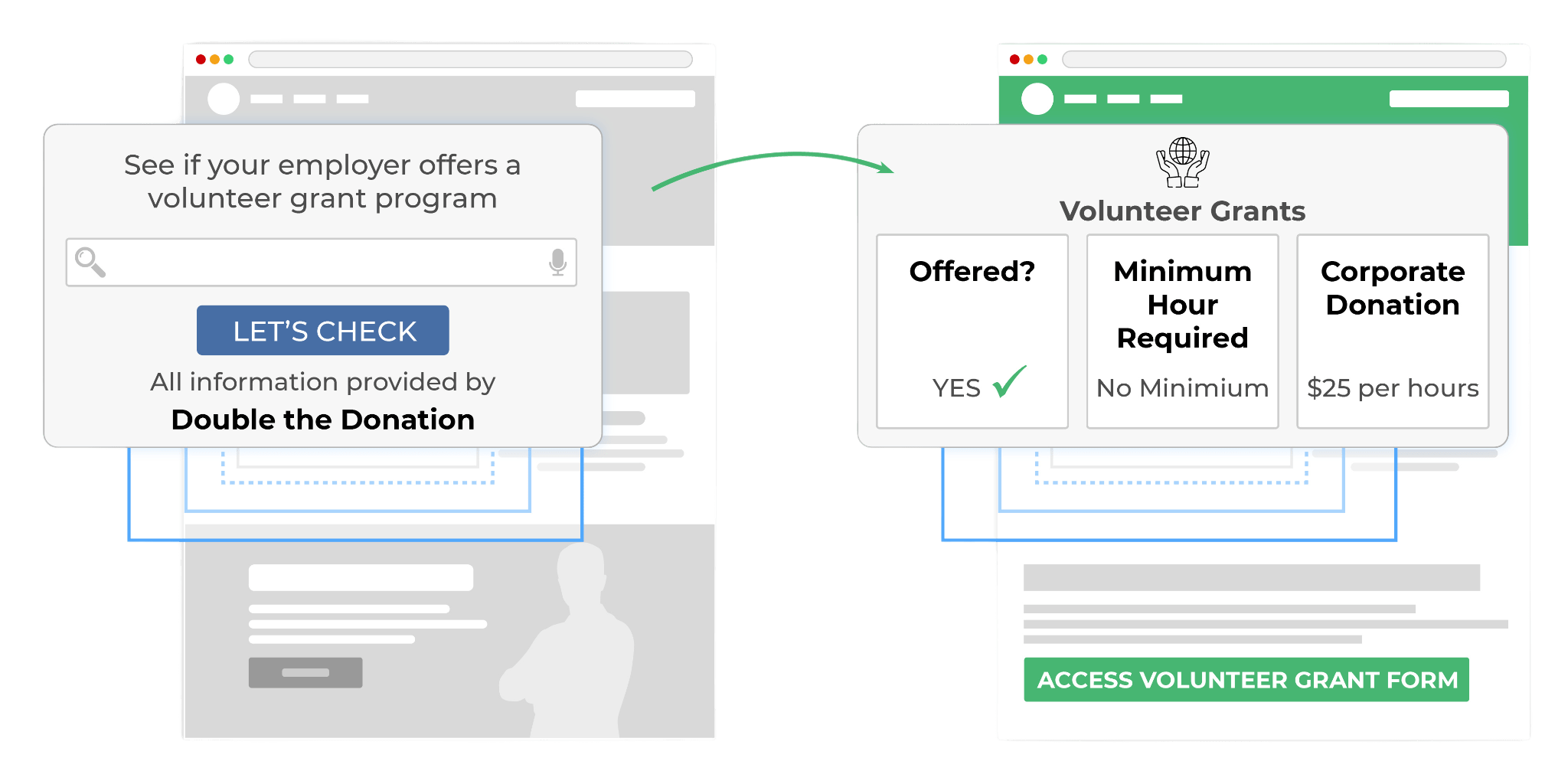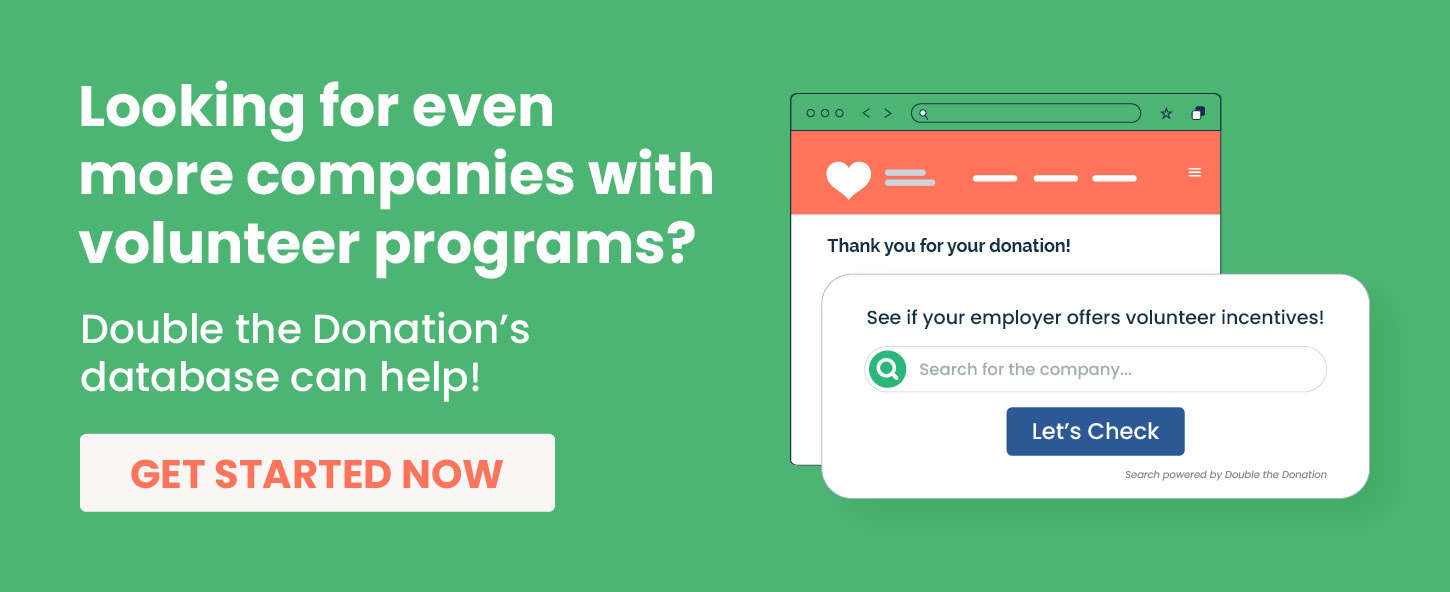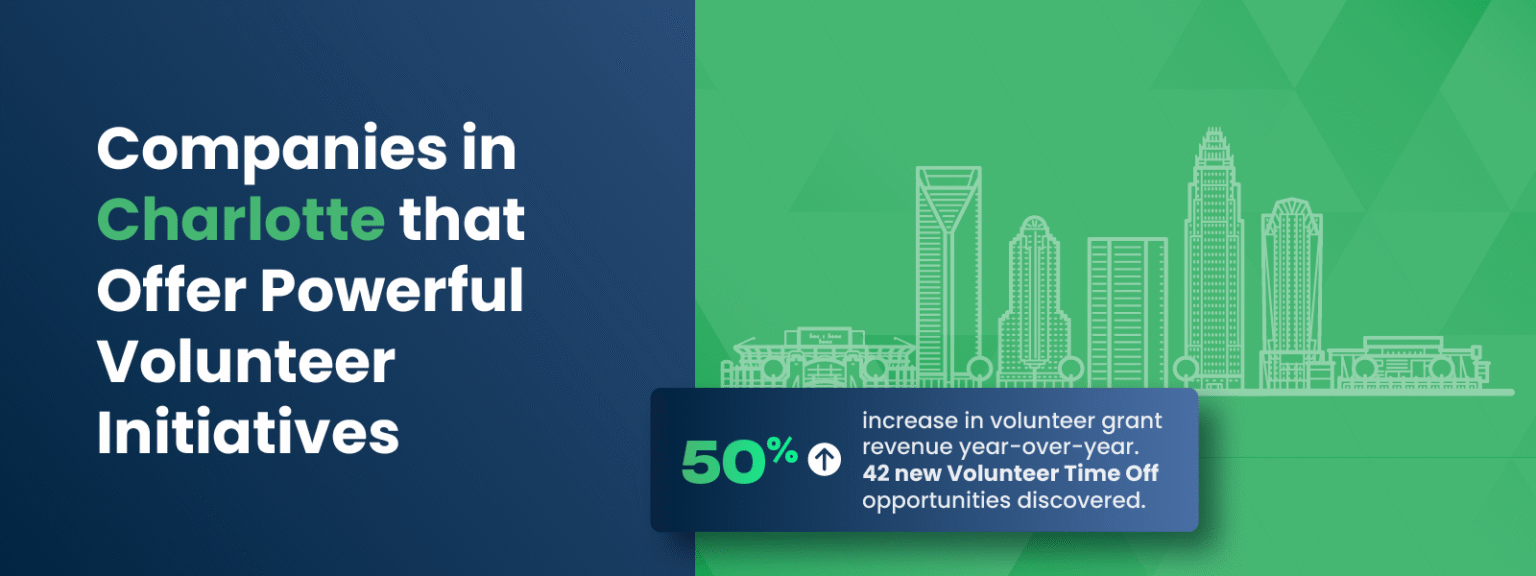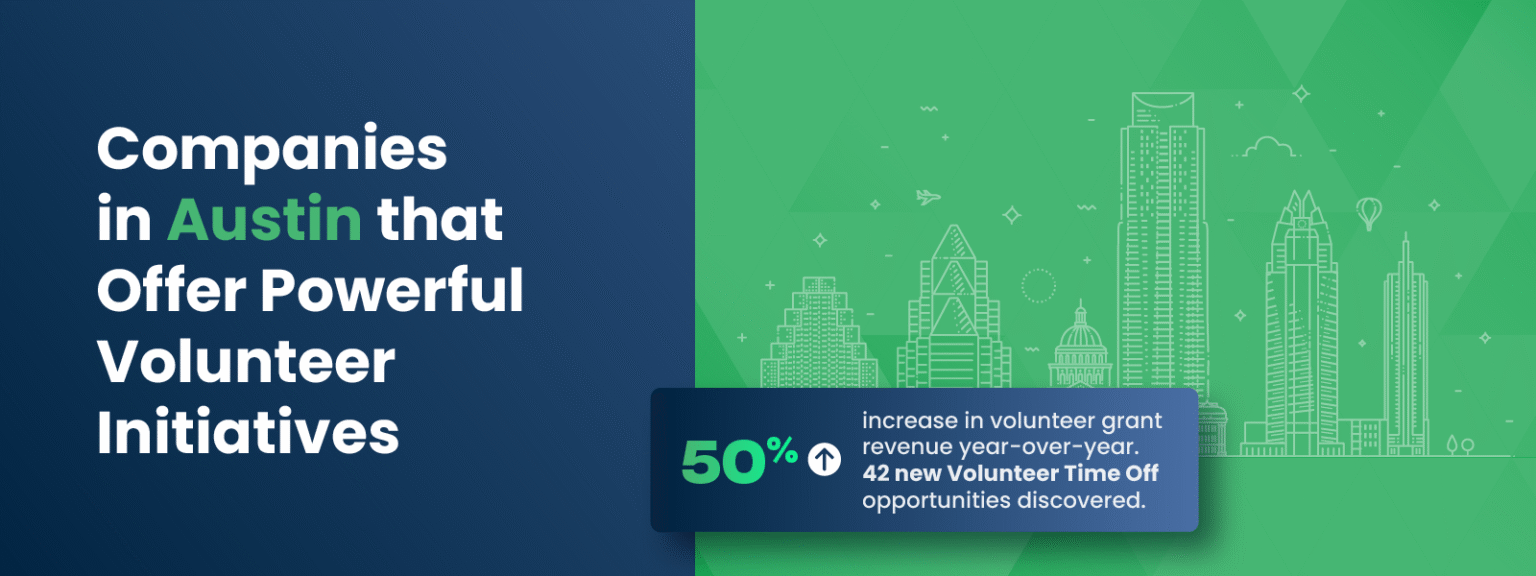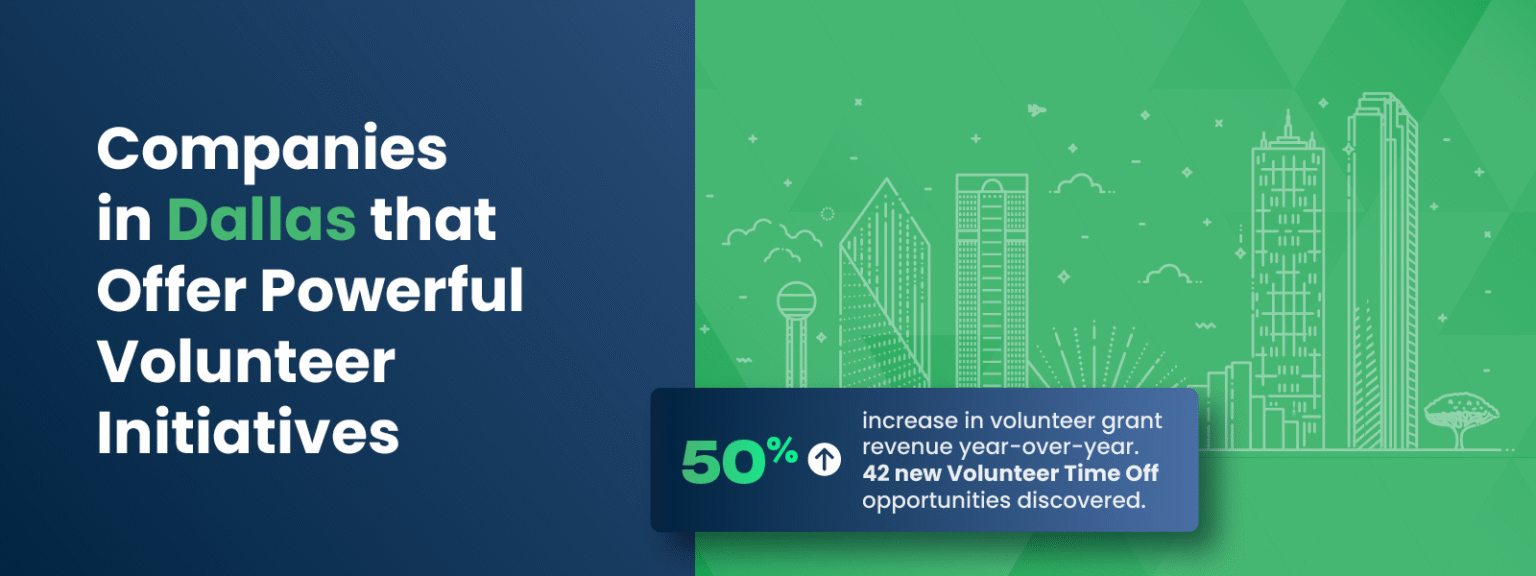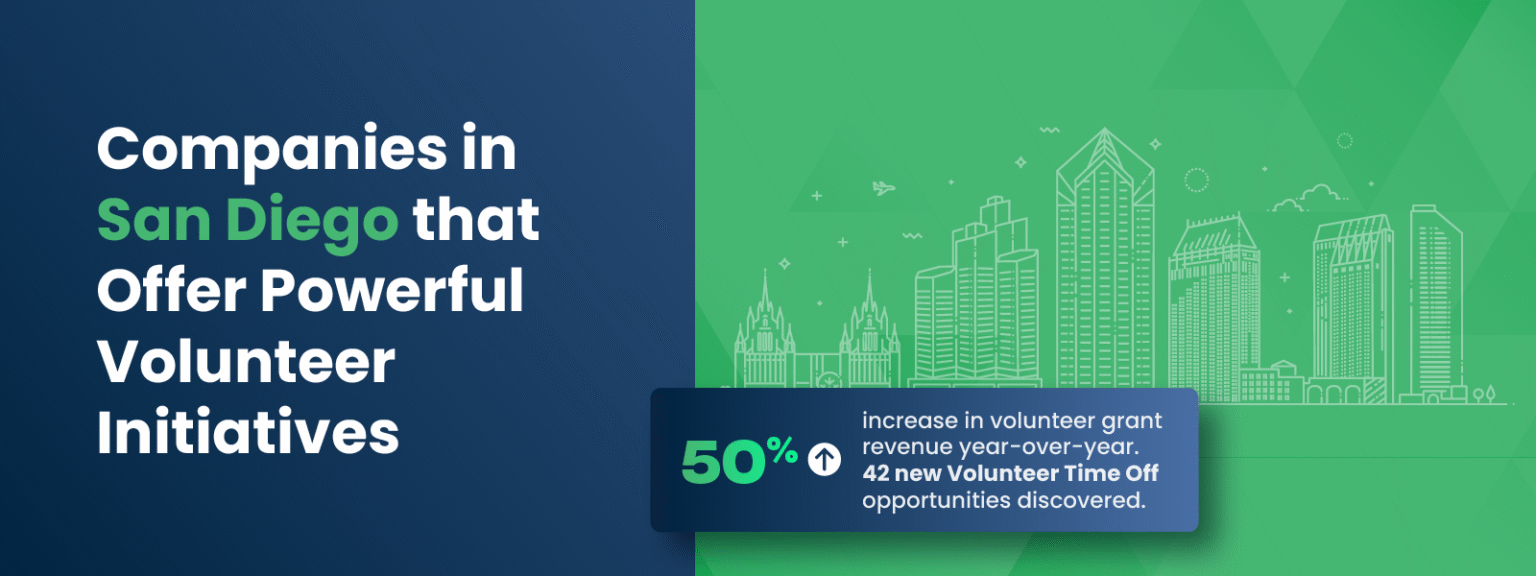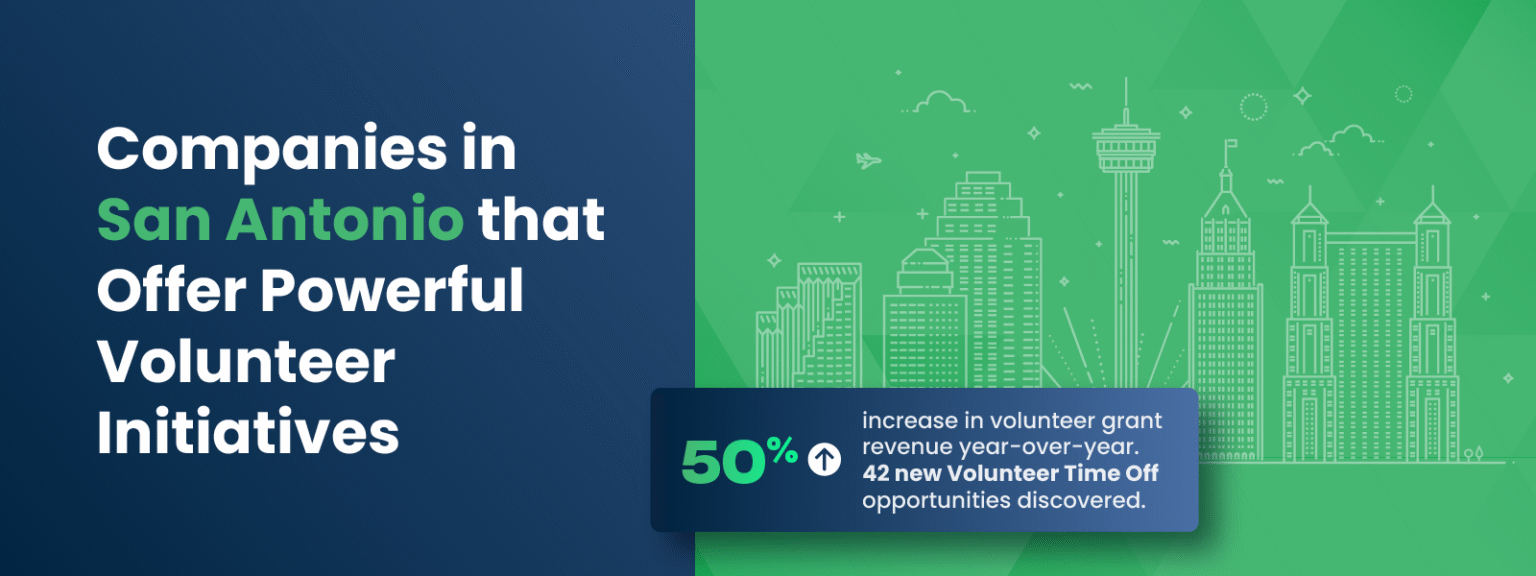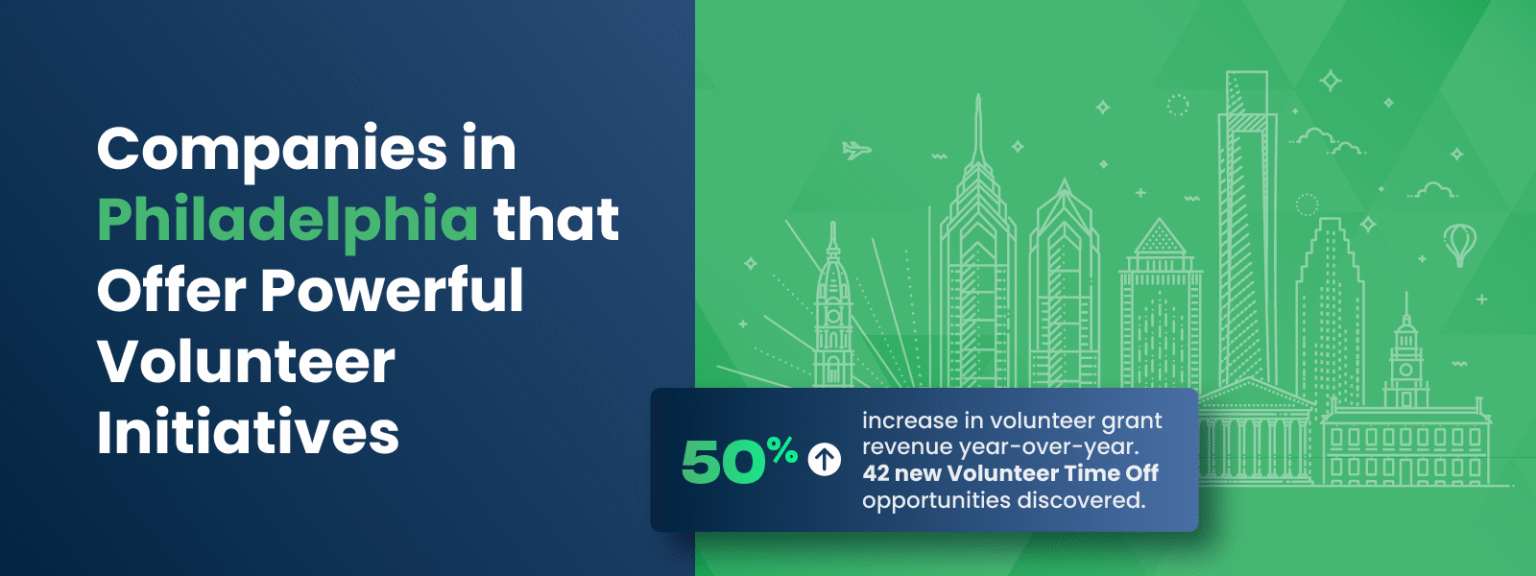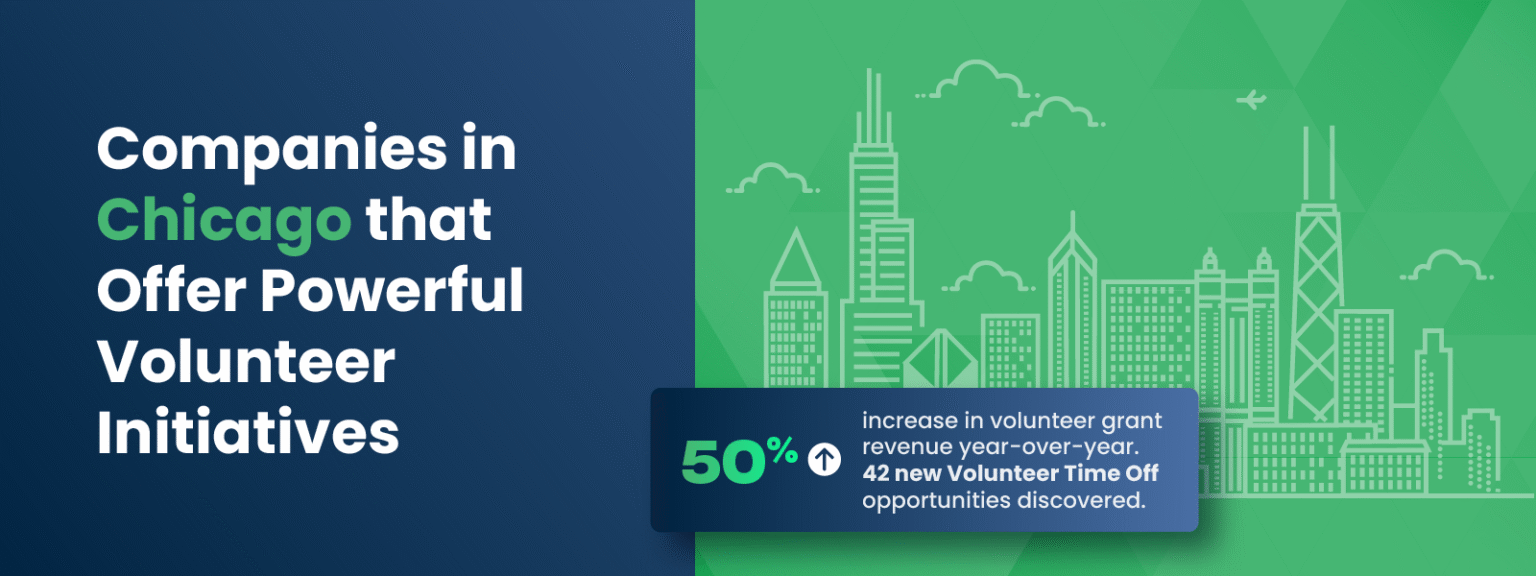Companies in San Francisco that Offer Powerful Volunteer Initiatives
San Francisco stands as a beacon of innovation and social responsibility, where the intersection of thriving businesses and passionate nonprofits creates a fertile ground for impactful volunteer initiatives. The city’s unique blend of technology, finance, and healthcare industries fosters a corporate culture deeply invested in community engagement and philanthropy. This environment not only benefits local nonprofits but also sets a national example for how companies can integrate volunteerism into their core values.
Many companies headquartered in San Francisco have embraced volunteer programs that empower their employees to give back in meaningful ways. These initiatives range from volunteer grant programs that financially reward employees’ volunteer hours to Volunteer Time Off (VTO) policies that provide paid time for community service. Understanding these programs is essential for nonprofits seeking to maximize their partnerships with corporate donors and volunteers in the city.
In this guide, we’ll walk you through:
- What to Know About Major San Francisco Companies in the Corporate Volunteer Space
- Top Companies in San Francisco That Offer Volunteer Grant Programs
- Leading San Francisco Companies That Provide Volunteer Time Off
- Exploring More San Francisco Volunteer Programs with a Workplace Philanthropy Database
San Francisco’s corporate volunteer landscape is rich with opportunities, driven by the city’s thriving tech industry and commitment to social good. Many of the world’s leading companies headquartered here prioritize giving back to the community through employee volunteer programs and corporate social responsibility initiatives. This guide will explore the top companies in San Francisco offering these opportunities, helping you connect with the right partners to amplify your nonprofit’s impact and foster meaningful community engagement.
What to Know About Major San Francisco Companies in the Corporate Volunteer Space
San Francisco is not only a cultural and technological hub but also a powerhouse in the corporate world. As the 14th largest city in the United States by population and a global center for innovation, it hosts a dynamic ecosystem where business and nonprofit sectors thrive side by side. The city’s economy is robust, driven by key industries such as technology, finance, biotechnology, and healthcare, all of which contribute significantly to corporate philanthropy and volunteerism.
Within San Francisco, there are over 30 Fortune 1000 companies, including several Fortune 500 giants, that have established headquarters or major operations. This concentration of corporate power translates into substantial resources and opportunities for nonprofits. Many of these companies have developed comprehensive volunteer programs that encourage employees to engage with their communities through both time and financial support.
The strong presence of tech giants, financial institutions, and healthcare leaders in San Francisco has cultivated a culture where corporate social responsibility is a priority. These companies recognize that supporting nonprofits through volunteer initiatives not only benefits the community but also enhances employee satisfaction and retention. As a result, nonprofits in San Francisco are uniquely positioned to leverage these corporate volunteer programs to expand their impact and secure additional funding.
Top Companies in San Francisco That Offer Volunteer Grant Programs
Volunteer grant programs are a powerful way for nonprofits to receive additional funding tied directly to the volunteer efforts of corporate employees. In San Francisco, many leading companies have established such programs, providing nonprofits with valuable opportunities to increase their revenue while benefiting from the time and talents of dedicated volunteers.
San Francisco Federal Credit Union
The San Francisco Federal Credit Union is a community-focused financial institution committed to supporting local causes. Their volunteer grant program rewards employees who dedicate time to nonprofit organizations, offering grants based on volunteer hours. Employees typically need to volunteer a minimum number of hours to qualify, and the program caps the maximum grant amount per employee annually. This initiative reflects the credit union’s dedication to community development and financial empowerment.
Learn more about the program here!
Google, a global technology leader headquartered in the Bay Area, offers a comprehensive volunteer grant program that encourages employees to engage in community service. Eligible employees can submit volunteer hours to receive grants for the nonprofits they support. Google’s program often requires a minimum of 10 volunteer hours per grant request, with a maximum grant amount that can reach several hundred dollars annually. The company allows multiple submissions per year, enabling ongoing support for various causes.
Learn more about the program here!
Apple
Apple, renowned for its innovation in consumer electronics, also prioritizes corporate social responsibility through its volunteer grant program. Employees who volunteer a set number of hours can request grants that benefit the nonprofits they serve. Apple’s program typically includes eligibility for full-time employees and may have specific guidelines regarding the types of volunteer activities that qualify. The grants help amplify the impact of employee volunteerism by providing financial support alongside time contributions.
Learn more about the program here!
Microsoft
Microsoft’s volunteer grant program is part of its broader commitment to corporate citizenship. Employees who volunteer a minimum number of hours can apply for grants that support their chosen nonprofits. The program often features a generous maximum grant amount and allows employees to submit multiple requests annually. Microsoft’s initiative is designed to encourage sustained volunteer engagement and strengthen the connection between employees and community organizations.
Learn more about the program here!
Cisco
Cisco, a leader in networking technology, offers a volunteer grant program that rewards employees for their community involvement. Eligible employees can earn grants by volunteering a minimum number of hours, with the company providing financial support to the nonprofits benefiting from their time. Cisco’s program may include specific eligibility criteria and guidelines to ensure alignment with the company’s philanthropic goals.
Learn more about the program here!
Genentech
Genentech, a biotechnology pioneer based in San Francisco, supports volunteerism through its volunteer grant program. Employees who dedicate time to nonprofit causes can request grants that provide additional funding to these organizations. The program typically requires a minimum volunteer hour threshold and offers a maximum grant amount per employee annually. Genentech’s initiative reflects its commitment to advancing health and community well-being.
Learn more about the program here!
Adobe
Adobe, a global software company, encourages employee volunteerism with a volunteer grant program that translates volunteer hours into financial grants for nonprofits. Employees who meet the minimum volunteer hour requirement can submit grant requests, often with a cap on the total amount awarded per year. Adobe’s program supports a wide range of volunteer activities, emphasizing the company’s dedication to creativity and community impact.
Learn more about the program here!
SAP
SAP, a multinational software corporation, offers a volunteer grant program that incentivizes employees to engage in community service. Eligible employees who volunteer a specified number of hours can apply for grants that benefit their nonprofit partners. The program includes guidelines on qualifying volunteer activities and maximum grant amounts, helping nonprofits secure additional resources tied to employee engagement.
Learn more about the program here!
Airbnb
Airbnb, a leader in the hospitality and travel industry, has established a volunteer grant program to support employee-driven community service. Employees who volunteer a minimum number of hours can request grants for the nonprofits they assist. The program often allows multiple submissions per year and includes eligibility criteria to ensure broad participation. Airbnb’s initiative aligns with its mission to create a world where anyone can belong anywhere, including through community support.
Learn more about the program here!
Leading San Francisco Companies That Provide Volunteer Time Off
Volunteer Time Off (VTO) programs are an increasingly popular way for companies to encourage employees to contribute to their communities without sacrificing income. In San Francisco, several leading companies have adopted VTO policies that provide paid time off specifically for volunteering, enabling employees to support causes they care about during work hours.
Salesforce
Salesforce, a global leader in customer relationship management software, offers a robust VTO program that allows employees to take paid time off to volunteer. Employees are typically eligible for up to 56 hours of VTO annually, which they can use to support a wide range of nonprofit activities. Salesforce’s program includes guidelines to ensure volunteer activities align with the company’s values and encourages employees to engage deeply with their communities.
Learn more about the program here!
Atlassian
Atlassian, a software company known for collaboration tools, provides a VTO program that grants employees paid time off to volunteer. The program typically offers a specific number of hours annually and encourages employees to engage with nonprofits that align with Atlassian’s commitment to social impact. Eligibility criteria and guidelines help ensure the program supports meaningful volunteer experiences.
Learn more about the program here!
Wells Fargo
Wells Fargo’s VTO program is part of its comprehensive approach to corporate social responsibility. Employees can take paid time off to volunteer for causes important to them, with the company providing a set number of VTO hours each year. The program supports a broad range of volunteer activities and is designed to foster a culture of giving back within the organization.
Learn more about the program here!
Johnson & Johnson
Johnson & Johnson, a global healthcare company, offers a VTO program that enables employees to dedicate paid time to volunteer work. The program includes eligibility requirements and guidelines to ensure volunteer activities align with the company’s mission of advancing health and well-being. Employees are encouraged to use their VTO hours to support nonprofits that make a positive impact in their communities.
Learn more about the program here!
Explore More San Francisco Volunteer Programs with a Workplace Philanthropy Database
While the companies highlighted above represent some of the most prominent volunteer grant and VTO programs in San Francisco, many more businesses in the city and beyond offer similar initiatives that nonprofits can tap into. To uncover these additional opportunities, nonprofits can leverage workplace philanthropy databases like Double the Donation, which provide comprehensive listings of corporate volunteer programs.
Integrating a corporate volunteer database into nonprofit workflows can streamline the process of identifying eligible volunteers and matching their efforts with corporate programs. For example, nonprofits can embed these tools into registration forms, follow-up communications, and volunteer web pages, ensuring that every volunteer has the opportunity to maximize their impact through corporate incentives. Not to mention, beyond volunteer grants and VTO, these platforms also include information on matching gift programs, payroll giving, and other forms of workplace giving that can significantly boost nonprofit funding and engagement.
By utilizing a workplace philanthropy database, nonprofits in San Francisco can expand their reach, deepen corporate relationships, and unlock new revenue streams that support their missions. This strategic approach to corporate engagement is essential for organizations looking to thrive in a competitive philanthropic landscape.
Wrapping Up & Final Thoughts
San Francisco’s vibrant corporate environment offers nonprofits a wealth of opportunities to engage with powerful volunteer initiatives. From volunteer grant programs offered by companies like Google, Apple, and Wells Fargo to Volunteer Time Off policies at Salesforce and Johnson & Johnson, the city’s leading businesses demonstrate a strong commitment to community involvement.
Nonprofits that understand and leverage these programs can significantly enhance their impact by securing additional funding and encouraging deeper volunteer engagement. These corporate initiatives not only provide financial support but also foster long-term relationships between nonprofits and businesses, creating a sustainable ecosystem of giving and service.
By exploring the full range of volunteer programs available in San Francisco, including those accessible through workplace philanthropy databases like Double the Donation, nonprofits can position themselves for greater success. Taking advantage of these opportunities is a strategic step toward building stronger communities and achieving lasting social change.
Maximize Your Corporate Volunteer Potential with Double the Donation Volunteering
Ready to unlock the full potential of corporate volunteer programs? With Double the Donation’s tools, you can effortlessly capture volunteer grants and employer-sponsored time off, helping you maximize the value of every hour your supporters give.
Don’t miss out on additional funding opportunities that could significantly boost your nonprofit’s revenue. Get started today, and see how easy it is to integrate volunteer incentives into your fundraising strategy. Let Double the Donation help you turn volunteer hours into lasting impact. Request a personalized demo today!

